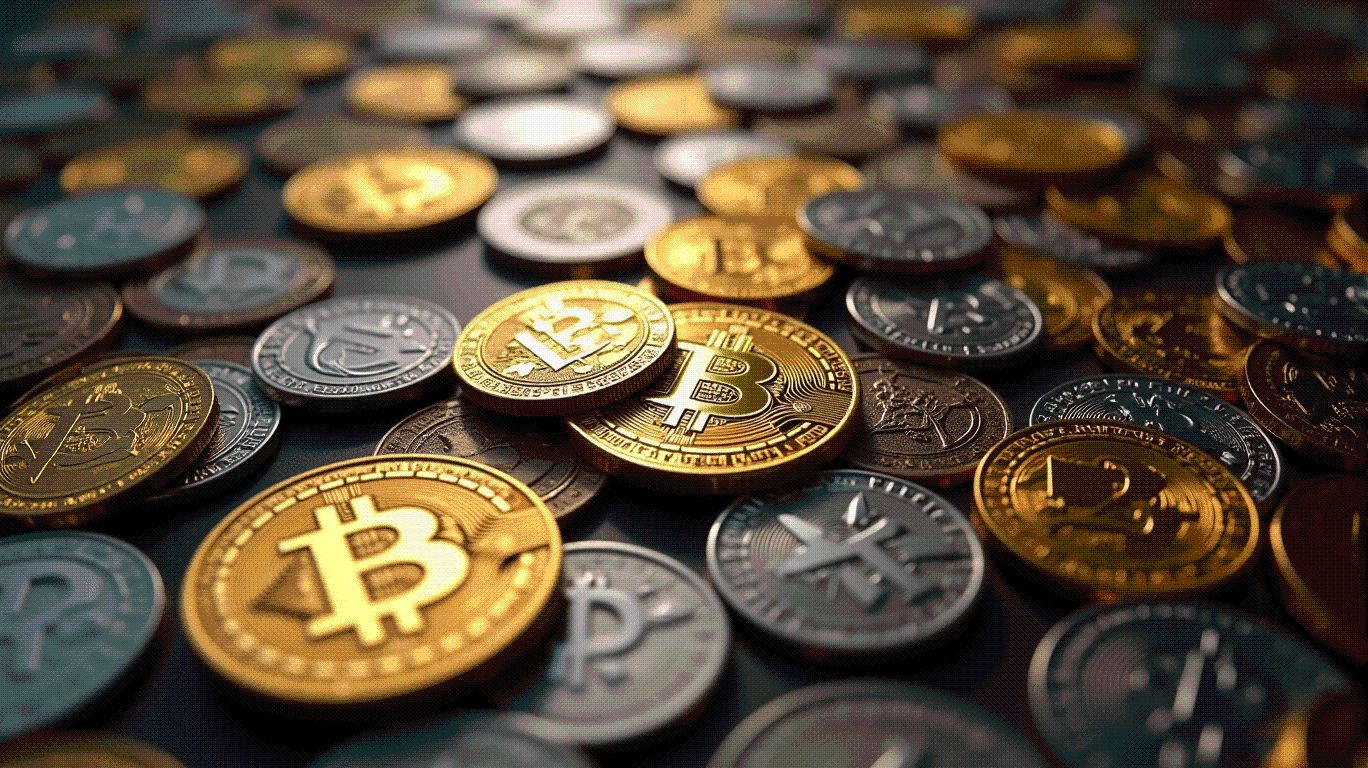Ethereum Surpasses $4,300 Mark Amid Institutional Interest
- Ethereum surpasses $4,300 amid strong institutional backing.
- Record institutional inflows contributed $4.17 billion recently.
- Ethereum governance and staking reports new records.
Ethereum surged past $4,300 on August 10, 2025, marking its highest value since late 2021, fueled by institutional accumulation and favorable regulatory conditions.
Ethereum’s price increase underscores renewed investor confidence, potentially signaling a new bullish trend bolstered by increased on-chain activity and institutional engagement.
Ethereum Surpasses $4,300 Mark Amid Institutional Interest
Ethereum surged above $4,300 for the first time since late 2021, attributed to increased institutional accumulation , favorable regulatory developments, and enhanced on-chain activities. This price action renews optimism for further breaks to new all-time highs.
Industry leaders like Vitalik Buterin and large institutional investors have been actively involved. Buterin’s holding now exceeds $1 billion after the surge. Over 3 million ETH, worth approximately $12 billion, was attributed to whale and corporate purchases in recent weeks.
“Despite strong market momentum, risks like overleveraging and poor governance loom large for Ethereum’s ecosystem.” – Vitalik Buterin
The surge in Ethereum’s price principally impacts institutional entities and broader market dynamics. ETF inflows accounted for $461 million, amplifying the price rally. This movement suggests mounting confidence among large-scale investors in Ethereum’s long-term prospects.
Financial implications include increased transaction volumes and staker engagement at record levels. Political milestones such as the U.S. regulatory frameworks and market sentiment reflect renewed enthusiasm, further supporting Ethereum’s market position.
Future financial prospects appear promising given the current momentum. Regulatory policies offer a favorable platform for Ethereum’s ongoing integration into major financial systems. Institutional demand continues to demonstrate significant contributions to the upward trend.
Potential outcomes include further price advancements and increased network scalability developments. Historical trends and advanced derivatives indicate significant potential for Ethereum, notwithstanding highlighted risks like poor governance and market volatility.
“Ethereum’s ecosystem is thriving again, and institutional interest is a key driver for this resurgence that could lead to new market narratives.” – Raoul Pal
Disclaimer: The content of this article solely reflects the author's opinion and does not represent the platform in any capacity. This article is not intended to serve as a reference for making investment decisions.
You may also like
US CFTC plans to adopt Nasdaq's monitoring system to expand cryptocurrency supervision
Decentralized Governance and Ethereum's Technical Evolution: A Blueprint for Future-Proof Investment
- Ethereum's decentralized governance mirrors organizational structures, enabling community-driven upgrades via EIPs and DAOs. - Over 13,000 DAOs managed $1.4B in 2025, using governance tokens like UNI and AAVE for protocol decisions. - Technical upgrades (Pectra, Sharding) and Layer 2 solutions enhance scalability, critical for DAO efficiency. - Risks include regulatory uncertainty, security vulnerabilities ($90M lost in 2025), and token concentration in top 20% holders. - Investors prioritize DAOs with t

Silver's Silent Revolution: How Housing Demand and Demographics Are Fueling a Bull Case for SIVR
- Global silver demand surges from housing construction and aging populations, driven by smart homes, solar tech, and healthcare infrastructure. - Structural supply deficits persist as mining output stagnates, creating a 800M-ounce gap between industrial demand and production since 2021. - SIVR ETF offers direct physical silver exposure, leveraging undervaluation (gold-silver ratio at 90-100:1) and industrial scarcity amid demographic-driven demand. - Aging populations and green energy transitions position

Decentralized Governance and BTC Treasuries: A Parallel in Institutional Innovation
- BTC-TCs adopt decentralized governance, mirroring industrial firms’ distributed decision-making to manage risk and scale operations in volatile markets. - This model enables rapid responses but risks fragmentation if local teams prioritize short-term gains over long-term strategy. - BTC-TCs face unique challenges, including asset concentration and NAV death spirals from Bitcoin price drops, unlike diversified industrial firms. - Innovations like BTC lending and Lightning Network yield generation help div

